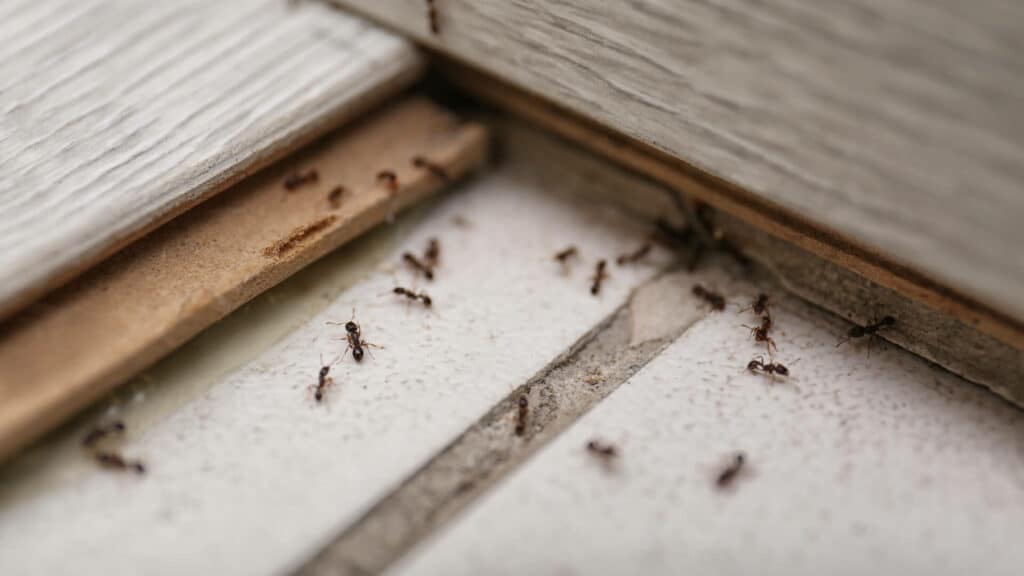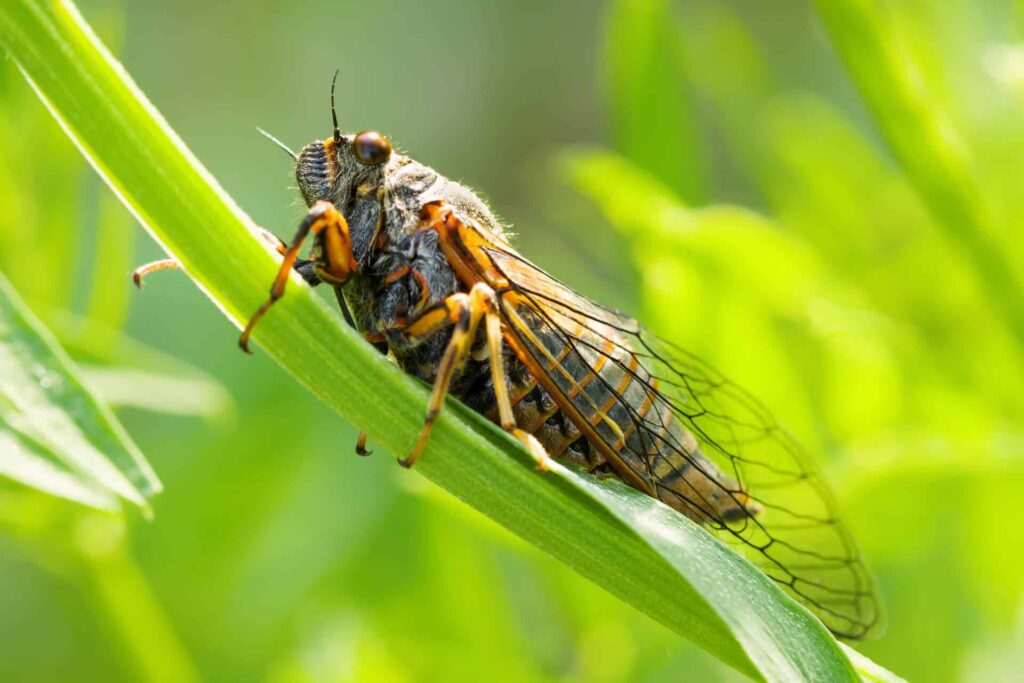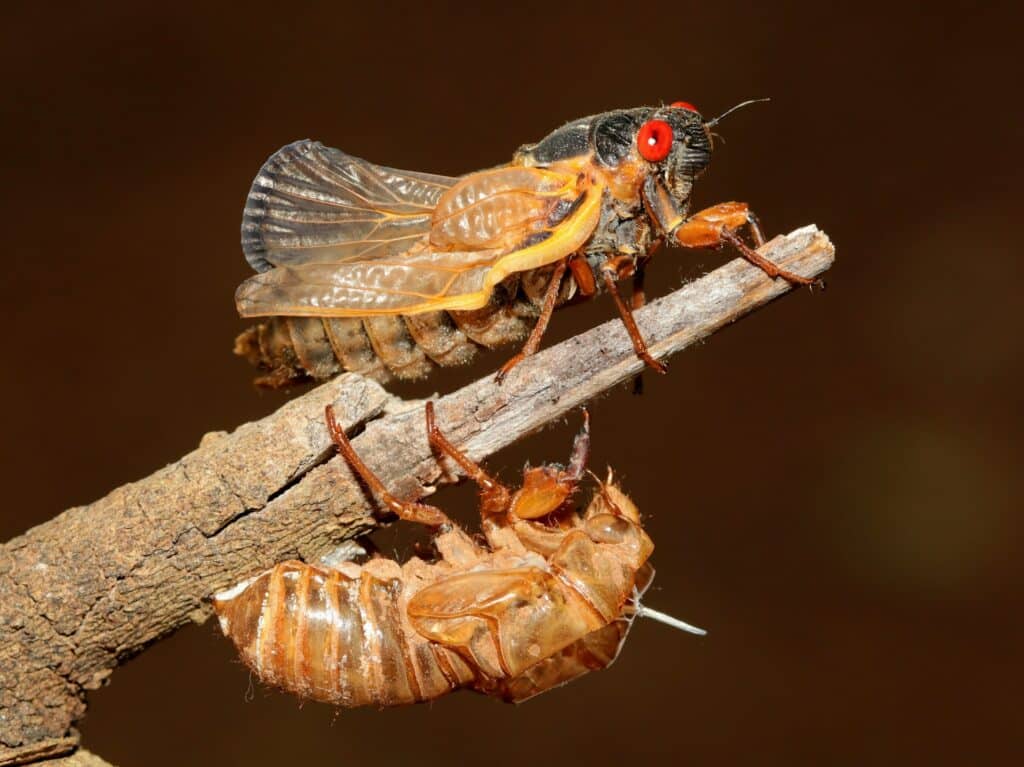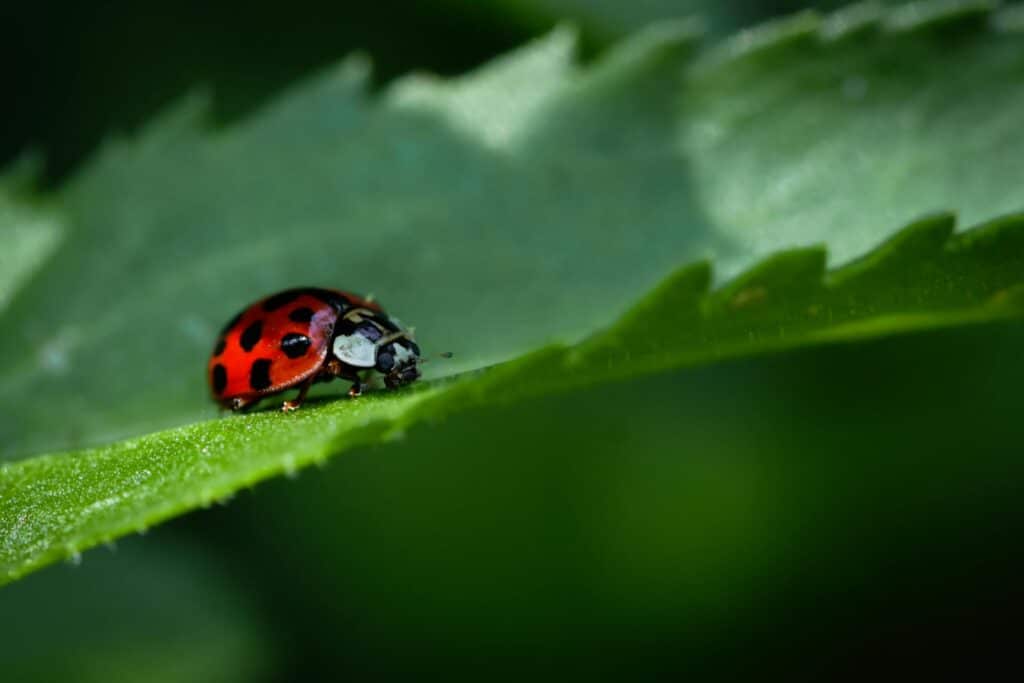For years, the claim that dryer sheets keep bugs away has been floating around home-related websites. How much of it is true, and how much is a myth? Because of our commitment to professional and effective pest control solutions, we’re always on the hunt to find bug-repelling tricks to share with homeowners. If you’re wondering if dryer sheets actually keep bugs away, here’s what you need to know.
Do Dryer Sheets Repel Mosquitoes?
There is some anecdotal evidence to suggest that dryer sheets may repel mosquitoes, but there is little scientific evidence to support this claim.
Dryer sheets typically contain chemicals such as linalool, beta-citronellol, and geraniol, which are known to have some insect-repellent properties. However, the concentrations of these chemicals in dryer sheets are typically quite low, and it is unclear whether they are present in high enough concentrations to effectively repel mosquitoes.
Furthermore, even if the chemicals in dryer sheets are effective at repelling mosquitoes, the effect may not last very long. Dryer sheets are designed to provide a pleasant scent to laundry, not to repel insects, so any insect-repellent properties may wear off quickly.
In summary, while some people claim that dryer sheets can repel mosquitoes, there is little scientific evidence to support this claim. If you are looking for an effective way to repel mosquitoes, it is probably best to use a proven insect repellent containing a higher concentration of active ingredients, rather than relying on dryer sheets.
Do Dryer Sheets Keep Other Bugs Away?
One study, conducted by a team of researchers at Kansas State University, used Bounce dryer sheets to determine their effectiveness in fighting off fungus gnats. The study was comprised of a test chamber that included two separate compartments, one that contained a Bounce dryer sheet and one that did not. When the researchers released the gnats into the chamber, they found that only 18% of the gnats moved into the compartment with the dryer sheet, while 45% moved toward the empty compartment.
The reason for this? Most dryer sheets contain the ingredient linalool, which can be found in plants like lavender, basil, and coriander, all of which naturally repel common garden pests. Similar studies found that this ingredient is also useful for repelling bugs like mites, weevils, beetles, and German cockroaches. While its ability to repel mosquitoes has not been confirmed, linalool can also be found in certain mosquito repellants and pesticides, which may mean dryer sheets are more productive at repelling mosquitoes and other annoying bugs than some may think.
Fact or Fiction? Answer: Both
Although dryer sheets haven’t been officially proven to repel mosquitoes, their effectiveness hasn’t been disproven, either. It’s possible these common household items are a successful mosquito-repellant. However, until it is proven that the linalool and other bug-repelling ingredients found in dryer sheets deter mosquitoes, we recommend using an EPA-approved bug spray that contains the ingredient DEET to prevent mosquito bites during outdoor activities. Just because dryer sheets are not made to repel mosquitoes, however, they still offer a myriad of other uses around the home.
Other Pest-Related Uses for Dryer Sheets
But what about other pests like flies and spiders? Do dryer sheets repel or keep away these annoying insects? While there is no definitive scientific evidence that directly links dryer sheets with repelling flies, some users swear by their efficacy. Similarly, the question of “do dryer sheets keep spiders away?” remains somewhat controversial. Many believe that the smell of dryer sheets is disliked by spiders, potentially keeping them at bay. Although not scientifically proven, it might be worth a try if you are looking for a gentle and smell-friendly way to deter spiders and flies.
While their ability to act as a bug repellant hasn’t been officially proven, dryer sheets provide other bug-related uses. Dryer sheets can help remove dried insects from the windshield and body of your car. Just dip the dryer sheet in water, or spray the affected area with water, and rub off with the dryer sheet. The chemicals in dryer sheets can dissolve a car’s finish, however, so make sure you reapply wax to keep a glossy finish on your vehicle.
Dryer sheets can also be used to protect houseplants from annoying pests. Since they have been proven to repel fungus gnats, placing several dryer sheets near your houseplants could protect them from these root-eating pests. This is especially useful for plants placed in moist-environments, like the bathroom or backyard, where fungus is most likely to grow within the soil.
Although this claim has yet to be proven, some say placing dryer sheets in dark corners or cluttered areas of your home can also prevent spiders and other bugs from nesting since it is believed these bugs are repelled by the smell.
Our Conclusion
While dryer sheets may help the spread of pesky pests around your home, only one thing can get rid of these bugs once and for all: an effective, pest control services from Aptive Pest Control. One of our pest control experts can determine the best solution for your specific situation, and recommend the best course of action for ridding your home and yard of pests. Give our team a call today to receive a free quote.









